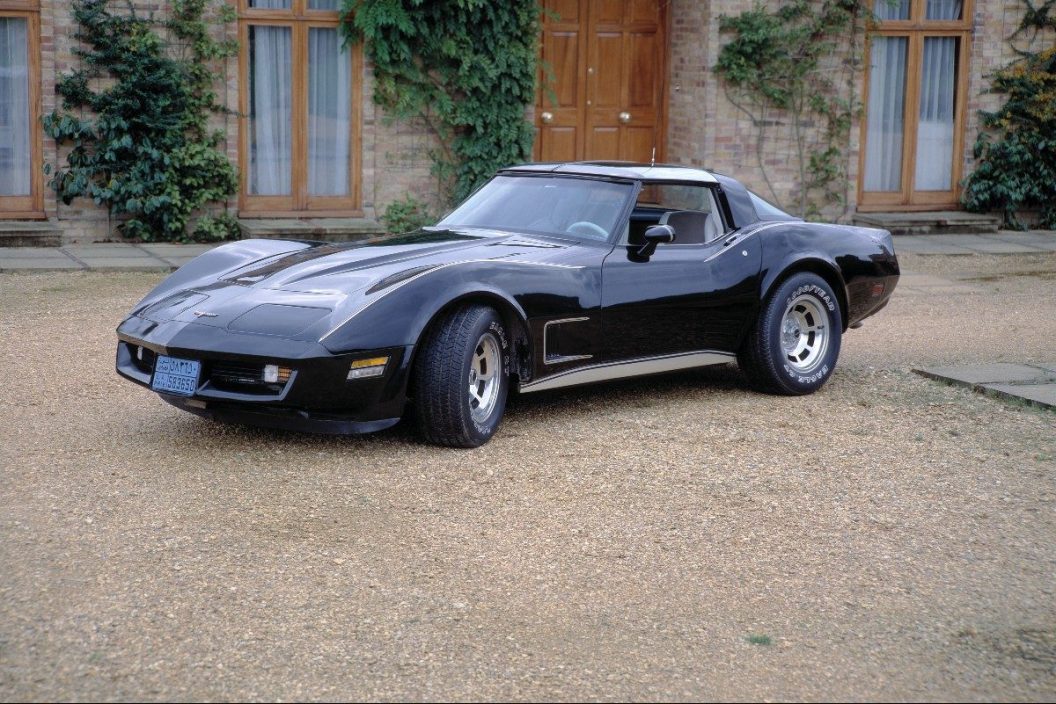I've written before about how cool the Chevrolet Corvette Sting Ray is, especially the '63 split window. I've also written about how the '80s was a very strange time for automotive manufacturers. Chevy has undoubtedly had tremendous success with the Corvette lineup overall, but some production years of the car didn't do quite as well. You might consider the muscle car one of their flops, but what I'm referring to is the 1980 Chevy Corvette.
Now, this sports car wasn't the worst thing in the world, but it had enough negative aspects about it to make it one of the more questionable years of the Corvette. The C3 Corvette had a very long run from '67 to '82, and it did pretty good, but when the '80s hit, it really needed an update. Hence, why they transitioned to the C4 in 1983. Let's look at both the pros and the cons of the 1980 model year Corvette.

Photo by Sjoerd van der Wal/Getty Images
The Truth About the 1980 Chevrolet Corvette
We'll start with the base price. With the U.S. economy going through a deep recession at the time, and inflation being a huge factor, the price for these cars was all over the place. Throughout 1980, the price changed four different times, before landing at around $14,400 for the new car.
The body style received a bit of a makeover. Front and rear bumpers were restyled to include aerodynamic spoilers to decrease drag. The hood was redone as well, and the car developed an even more elongated nose. The 'Vette flag emblem was moved to the front of the car, and the base L82 emblems were placed on the fenders. Of course, the T-tops were available on the Chevrolet Corvette coupe.
Air conditioning, power windows, and sport mirrors all became standard during this year, and you could even opt for alloy wheels and a roof panel carrier, which mounted to the fastback deck. A speedometer that read to a maximum of 85 was also added. Chevy integrated much more aluminum parts such as the cross member, differential, and the intake manifold to help with weight savings.
As far as the powertrain, the Corvette was available with the small-block L82 V8 engine, which made around 230 horsepower. If you wanted the optional L82 engine, it was only available with a turbo hydra-matic 3-speed automatic transmission. If you preferred driving around in the 4-speed manual transmission, you'd have to settle for the base L48 engine, which made around 190 horsepower. If you lived in California, it was even worse. Due to emission certification standards, required Corvette specifications included the cars being fitted with a 305 cubic-inch V8, which made 180 horsepower, and a mandatory automatic transmission. That doesn't sound like a whole lot of fun for California buyers, if you ask me.
Exterior colors included white, silver, black, dark blue, dark brown, yellow, dark green, frost beige, dark claret, or, last but not least, the always-classic red.
As far as the generation of the Chevrolet Corvette C3, the 1980 model definitely wasn't one of their better ones. It was a weird time for the economy and a weird time for car development. It's still a classic car, though, so you can't hate on it too much. I'm just glad Chevy got their act together and moved past this stage, so it could once again turn back into the sports car that everyone wanted.
Products featured on Alt_driver are independently selected by our editors. However, when you buy something through our links, we may earn a commission.
This post was originally published on May 1, 2020.
